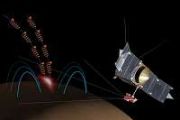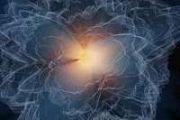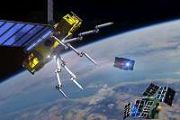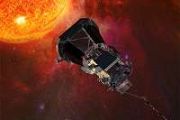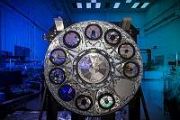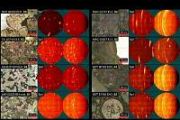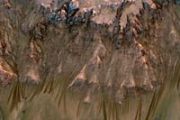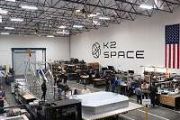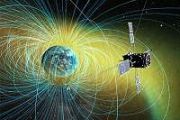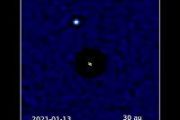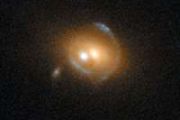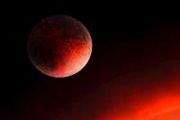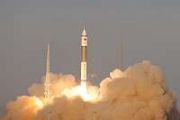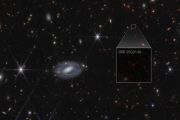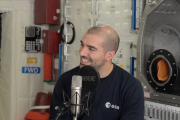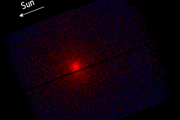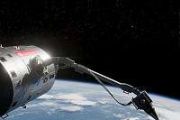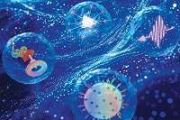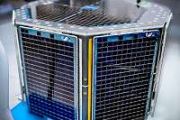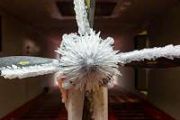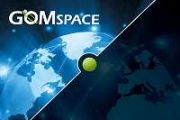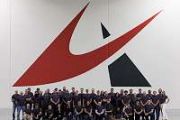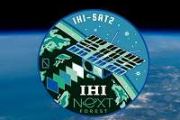
Copernical Team
GMV will develop the future Galileo Second Generation capabilities
 The European Space Agency (ESA) acting on behalf of the European Union Agency for the Space Programme (EUSPA) and in the name of the European Union represented by the European Commission (COM) has awarded technology multinational GMV a contract for the development of the Galileo Second Generation System Test Bed (G2STB).
The G2STB will provide ESA with a key system verification and validat
The European Space Agency (ESA) acting on behalf of the European Union Agency for the Space Programme (EUSPA) and in the name of the European Union represented by the European Commission (COM) has awarded technology multinational GMV a contract for the development of the Galileo Second Generation System Test Bed (G2STB).
The G2STB will provide ESA with a key system verification and validat LeoLabs expands space safety coverage with new site in Argentina.
 LeoLabs the world's leading commercial provider of Space Situational Awareness (SSA) services and low Earth orbit (LEO) mapping, has announced Argentina as the site for its next space radar. The Argentina Space Radar (AGSR) represents a critical addition to LeoLabs growing global constellation of S-band, phased-array sensors strategically distributed across the Northern and Southern Hemispheres,
LeoLabs the world's leading commercial provider of Space Situational Awareness (SSA) services and low Earth orbit (LEO) mapping, has announced Argentina as the site for its next space radar. The Argentina Space Radar (AGSR) represents a critical addition to LeoLabs growing global constellation of S-band, phased-array sensors strategically distributed across the Northern and Southern Hemispheres, Crossing Off Our Liens at Tapo Caparo: Sols 3769-3770
 Today's 2-sol plan wraps up our remaining drill campaign and workspace liens at Tapo Caparo.
Our weekend plan ran successfully though we had a known issue which caused several of our remote sensing activities planned for the weekend to not execute.
Today's plan was therefore jam packed with recovering any remaining remote sensing observations of our area and some contact science.
Today's 2-sol plan wraps up our remaining drill campaign and workspace liens at Tapo Caparo.
Our weekend plan ran successfully though we had a known issue which caused several of our remote sensing activities planned for the weekend to not execute.
Today's plan was therefore jam packed with recovering any remaining remote sensing observations of our area and some contact science. Prototype spacesuit for future NASA mission to Moon unveiled
 NASA and the private aerospace company Axiom Space unveiled a prototype on Wednesday of the next-generation spacesuit that astronauts will wear on the next walk on the Moon.
The suit revealed at an event at the Johnson Space Center in Houston features greater flexibility and thermal protection than those worn by the Apollo astronauts who first stepped foot on the lunar surface more than 50 y
NASA and the private aerospace company Axiom Space unveiled a prototype on Wednesday of the next-generation spacesuit that astronauts will wear on the next walk on the Moon.
The suit revealed at an event at the Johnson Space Center in Houston features greater flexibility and thermal protection than those worn by the Apollo astronauts who first stepped foot on the lunar surface more than 50 y Study finds ocean currents may affect rotation of Europa's icy crust
 NASA scientists have strong evidence that Jupiter's moon Europa has an internal ocean under its icy outer shell - an enormous body of salty water swirling around the moon's rocky interior. New computer modeling suggests the water may actually be pushing the ice shell along, possibly speeding up and slowing down the rotation of the moon's icy shell over time.
Scientists have known that Euro
NASA scientists have strong evidence that Jupiter's moon Europa has an internal ocean under its icy outer shell - an enormous body of salty water swirling around the moon's rocky interior. New computer modeling suggests the water may actually be pushing the ice shell along, possibly speeding up and slowing down the rotation of the moon's icy shell over time.
Scientists have known that Euro New Horizons team discusses discoveries from the Kuiper Belt
 More than 5 billion miles from Earth and 17 years into a mission that included the first close-up exploration of Pluto and the first encounter with a planetary building block in the Kuiper Belt, NASA's New Horizons continues to shed light on the mysterious planets and smaller bodies of the outer solar system.
Launched in January 2006, the New Horizons spacecraft zoomed past Pluto and its m
More than 5 billion miles from Earth and 17 years into a mission that included the first close-up exploration of Pluto and the first encounter with a planetary building block in the Kuiper Belt, NASA's New Horizons continues to shed light on the mysterious planets and smaller bodies of the outer solar system.
Launched in January 2006, the New Horizons spacecraft zoomed past Pluto and its m Building on Luna and Mars with StarCrete the double stength concrete
 Building infrastructure in space is currently prohibitively expensive and difficult to achieve. Future space construction will need to rely on simple materials that are easily available to astronauts, StarCrete offers one possible solution. The scientists behind the invention used simulated Martian soil mixed with potato starch and a pinch of salt to create the material that is twice as strong a
Building infrastructure in space is currently prohibitively expensive and difficult to achieve. Future space construction will need to rely on simple materials that are easily available to astronauts, StarCrete offers one possible solution. The scientists behind the invention used simulated Martian soil mixed with potato starch and a pinch of salt to create the material that is twice as strong a Student-built satellite uses 'beach ball' for an antenna
 Scientists and engineers at the University of Arizona have built instruments for three NASA telescopes, led two deep space missions and made it possible to see farther back in space and time than ever before. Adding to this list of space exploration accomplishments is a different type of project - one led entirely by students.
Near the university's main campus, students gather inside a cle
Scientists and engineers at the University of Arizona have built instruments for three NASA telescopes, led two deep space missions and made it possible to see farther back in space and time than ever before. Adding to this list of space exploration accomplishments is a different type of project - one led entirely by students.
Near the university's main campus, students gather inside a cle Future NASA moonwalkers to sport sleeker spacesuits
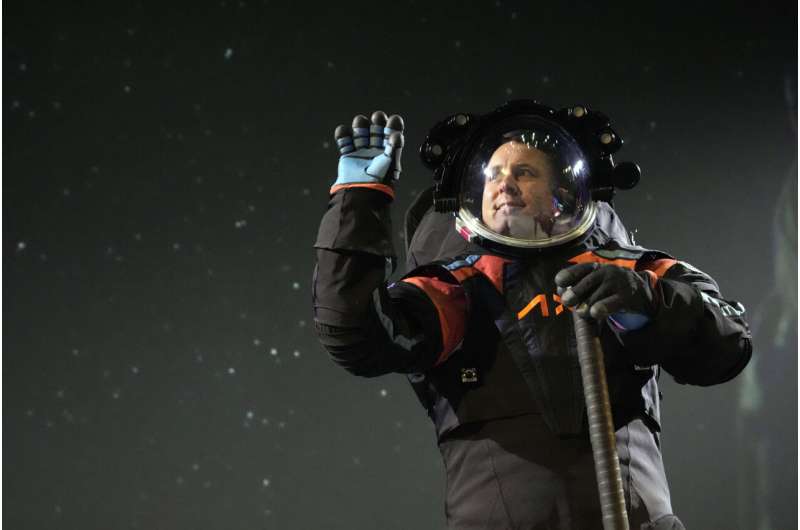
Moonwalking astronauts will have sleeker, more flexible spacesuits that come in different sizes when they step onto the lunar surface later this decade.
Exactly what that looks like remained under wraps. The company designing the next-generation spacesuits, Axiom Space, said Wednesday that it plans to have new versions for training purposes for NASA later this summer.
Engineers keep an eye on fuel supply of NASA's oldest Mars orbiter
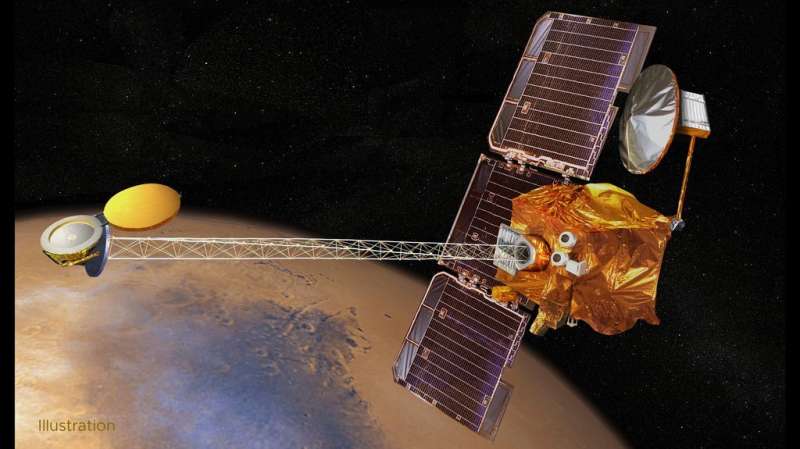
Measuring the fuel supply on Odyssey, a decades-old spacecraft without a fuel gauge, is no easy task.
Since NASA launched the 2001 Mars Odyssey Orbiter to the Red Planet almost 22 years ago, the spacecraft has looped around Mars more than 94,000 times. That's about the equivalent of 1.37 billion miles (2.21 billion kilometers), a distance that has required extremely careful management of the spacecraft's fuel supply.



